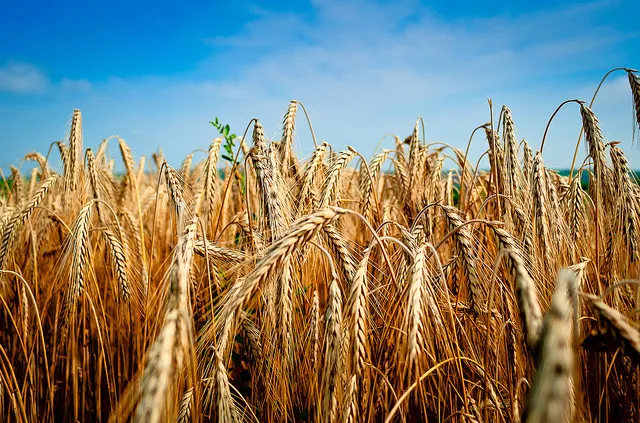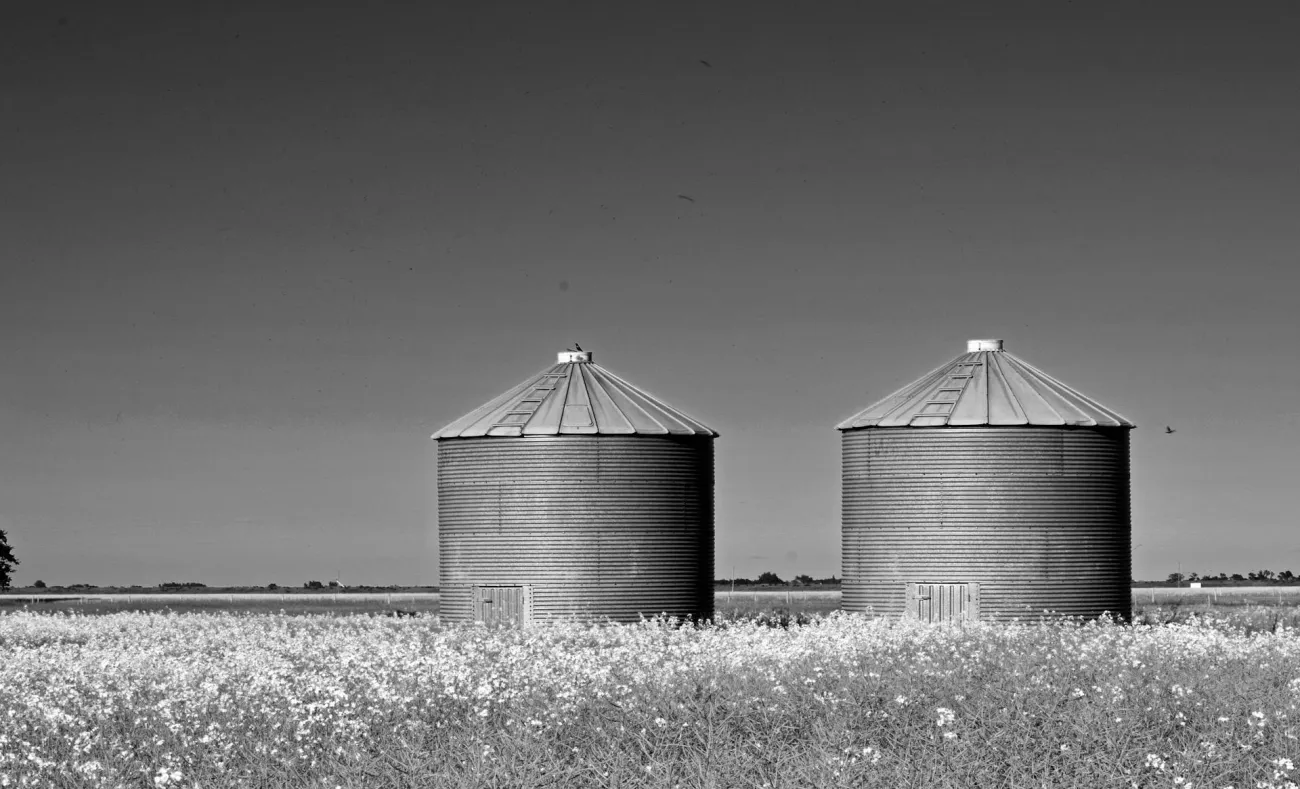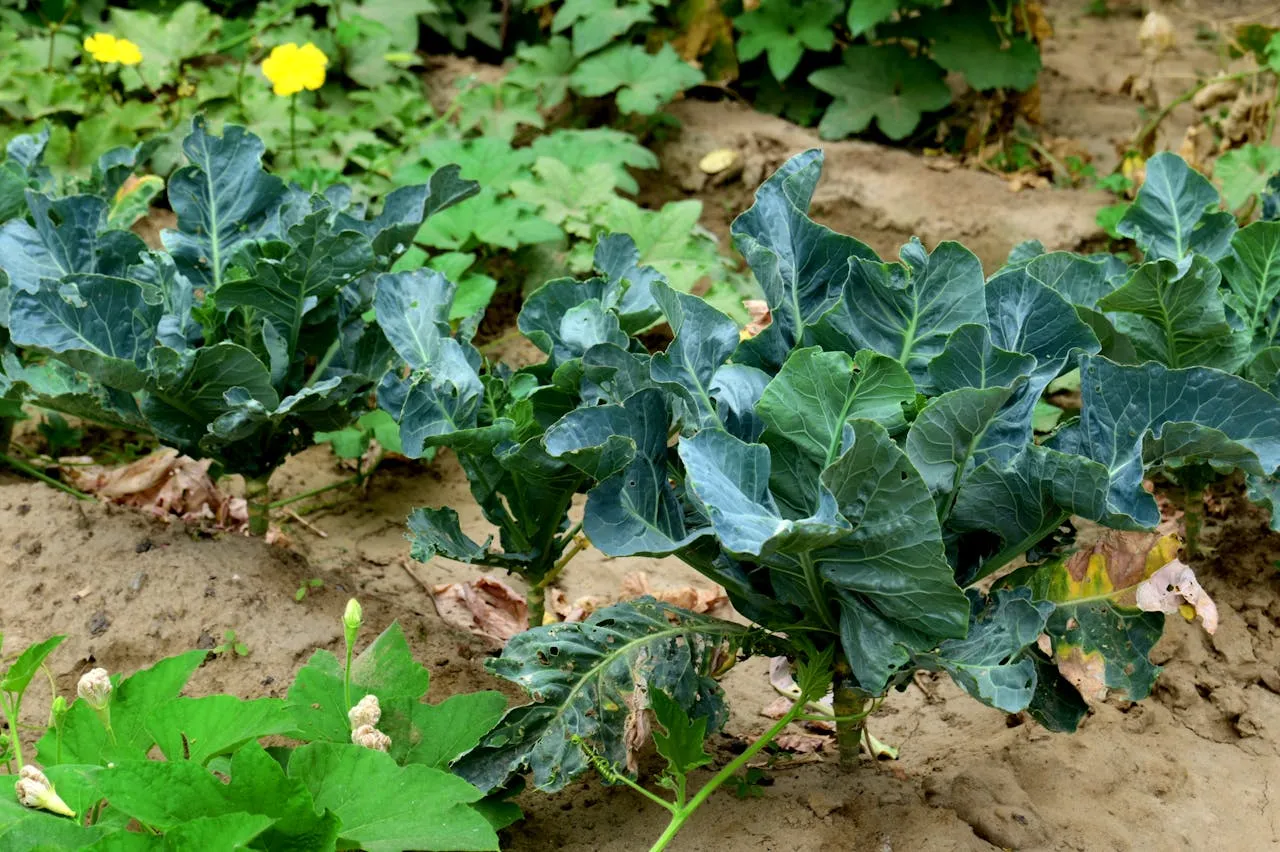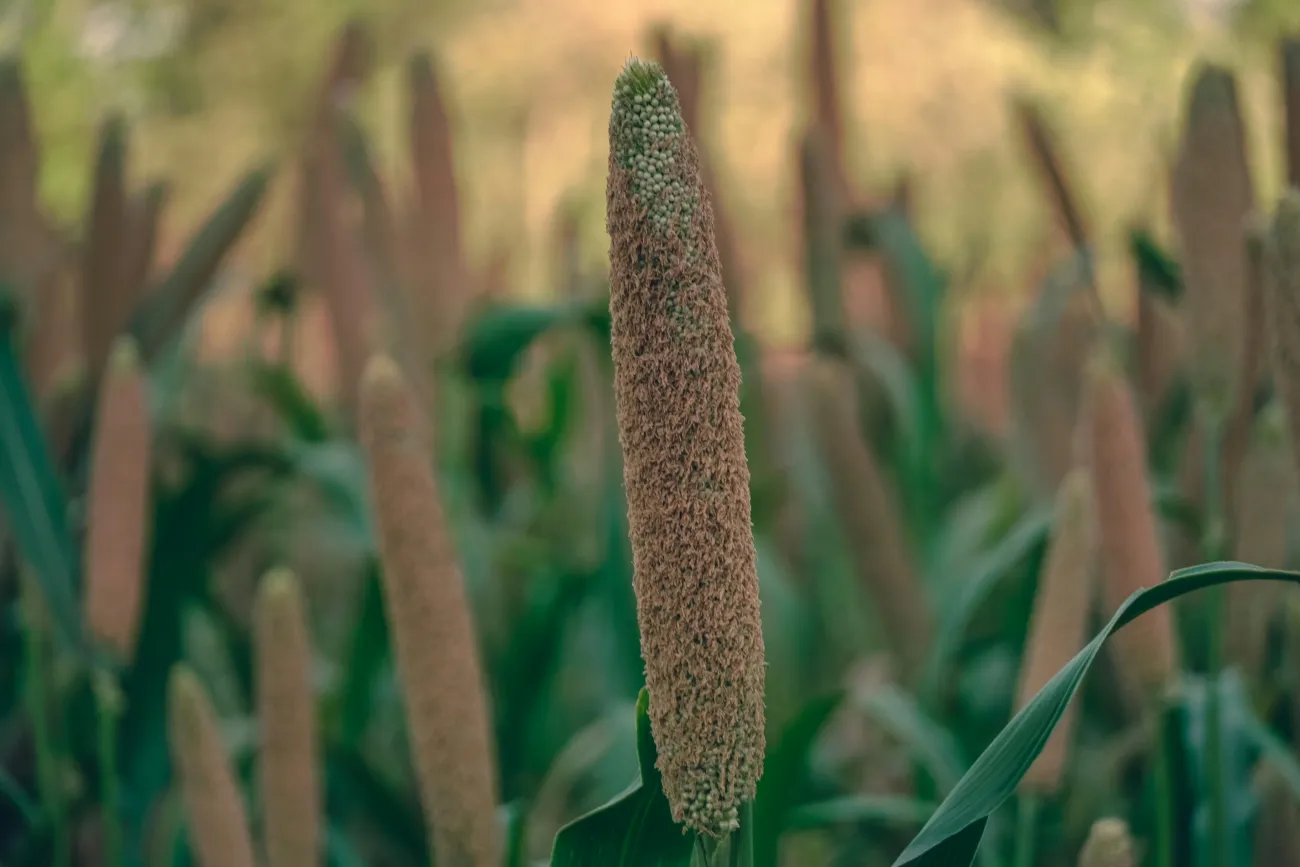A new paper reviews the extent to which sustainable intensification has been achieved in England. It concludes that agricultural intensification drove environmental degradation during the 1980s. In the 1990s, however, yields became decoupled from fertiliser and pesticide use, meaning that some ecosystems services began to recover. The authors interpret their results as meaning that sustainable intensification has begun. Farmland biodiversity, however, has not recovered.

As shown in the figure below, the paper tracks many variables across time (using Z-scores, which track variation from the mean). Wheat yields have plateaued and livestock populations have dropped since the 1990s, while several ecosystems services and related indicators have improved in status since then (including declining river nutrient pollution, pesticide use, fertiliser use and agricultural greenhouse gas emissions). The paper did not cover the ecosystems services of climate regulation, freshwater extraction, pest regulation, disease regulation and pollination due to a lack of data.

Image: Fig. 1, McKay et al. Z-score plot illustrating the evolution of the English agroecosystem as reflected by indices of: a) provisioning ecosystem services, b) regulating/cultural ecosystem services, and c) socioeconomic parameters.
As a specific example of the relationship between two of the variables, the figure below shows wheat yields per unit area plotted against fertiliser use. Over time, both wheat yields and fertiliser use rose, followed by falling fertiliser use while wheat yields stayed roughly the same. According to the paper, this example of decoupling was largely driven by targeted application of fertilisers in response to regulations, higher fertiliser prices, and knowledge exchange with academic and advisory bodies.

Image: Fig. 3, McKay et al.
Although the authors interpret the trends above as indicating a degree of sustainable intensification (SI), they point out that the UK’s falling self-sufficiency in food means that some environmental impacts may have been “offshored to other agroecosystems as a result of globalisation”. The authors say (emphasis added), “Together with poor biodiversity trends, this indicates that only partial SI has been achieved in the UK in this time, and that in order to reach both regional and global safe operating spaces for agroecosystems future SI will need to both halt biodiversity loss and ensure damaging practices are not simply offshored to poorer countries with weaker regulations.”
Abstract
Agricultural intensification has significantly increased yields and fed growing populations across the planet, but has also led to considerable environmental degradation. In response an alternative process of ‘Sustainable Intensification’ (SI), whereby food production increases while environmental impacts are reduced, has been advocated as necessary, if not sufficient, for delivering food and environmental security. However, the extent to which SI has begun, the main drivers of SI, and the degree to which degradation is simply ‘offshored’ are uncertain. In this study we assess agroecosystem services in England and two contrasting sub-regions, majority-arable Eastern England and majority-pastoral South-Western England, since 1950 by analysing ecosystem service metrics and developing a simple system dynamics model. We find that rapid agricultural intensification drove significant environmental degradation in England in the early 1980s, but that most ecosystem services except farmland biodiversity began to recover after 2000, primarily due to reduced livestock and fertiliser usage decoupling from high yields. This partially follows the trajectory of an Environmental Kuznets Curve, with yields and GDP growth decoupling from environmental degradation above ~£17,000 per capita per annum. Together, these trends suggest that SI has begun in England. However, the lack of recovery in farmland biodiversity, and the reduction in UK food self-sufficiency resulting in some agricultural impacts being ‘offshored’, represent major negative trade-offs. Maintaining yields and restoring biodiversity while also addressing climate change, offshored degradation, and post-Brexit subsidy changes will require significant further SI in the future.
Reference
McKay, D.I.A., Dearing, J.A., Dyke, J.G., Poppy, G. and Firbank, L.G., 2018. To what extent has sustainable intensification in England been achieved?. Science of The Total Environment. 648, pp.1560-1569.
Read the full paper here. See also the Foodsource building blocks What is sustainable intensification? and What is the land sparing-sharing continuum? for a discussion of the possible effects of yield increases on biodiversity and other environmental concerns.




Comments (0)